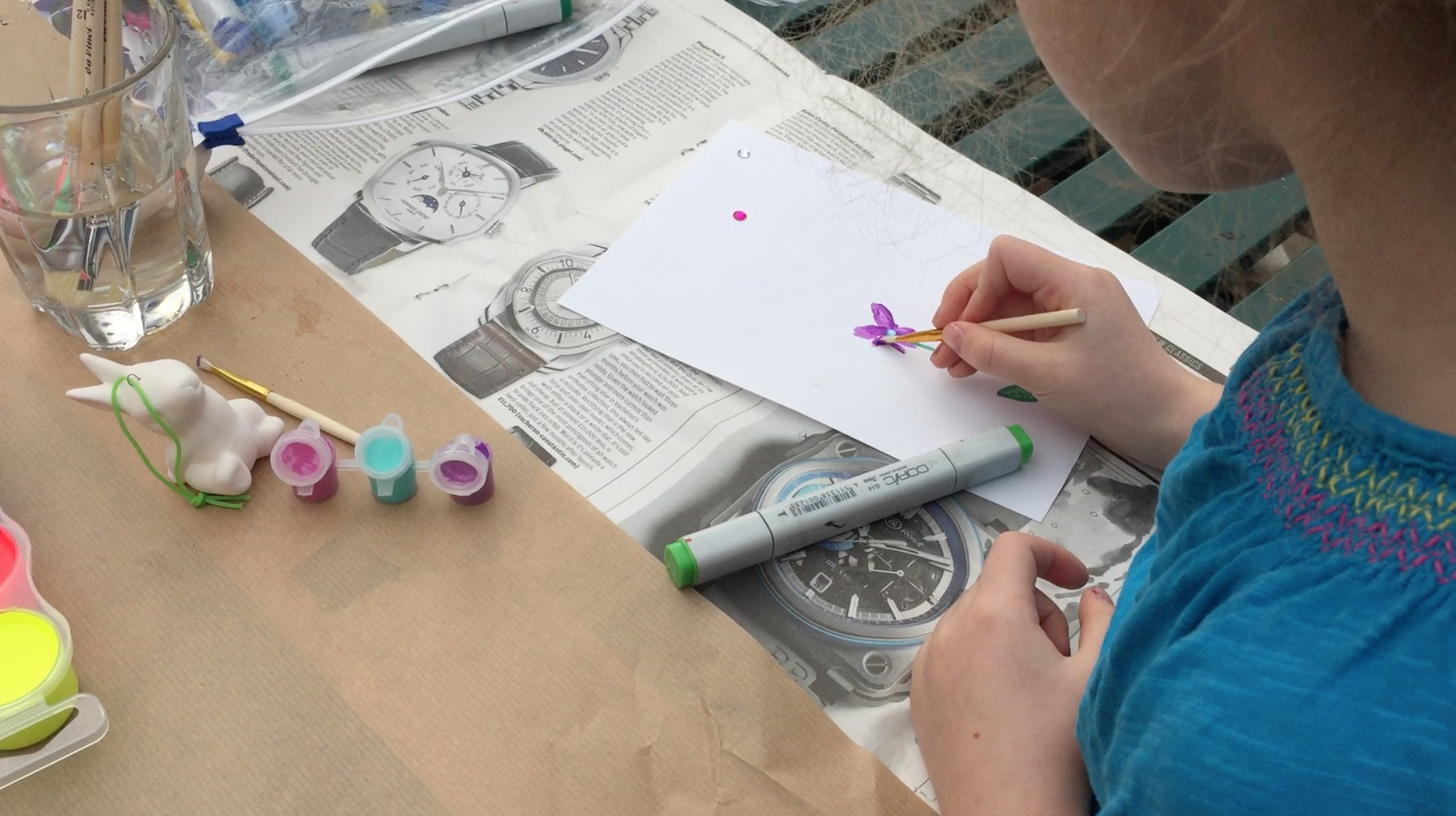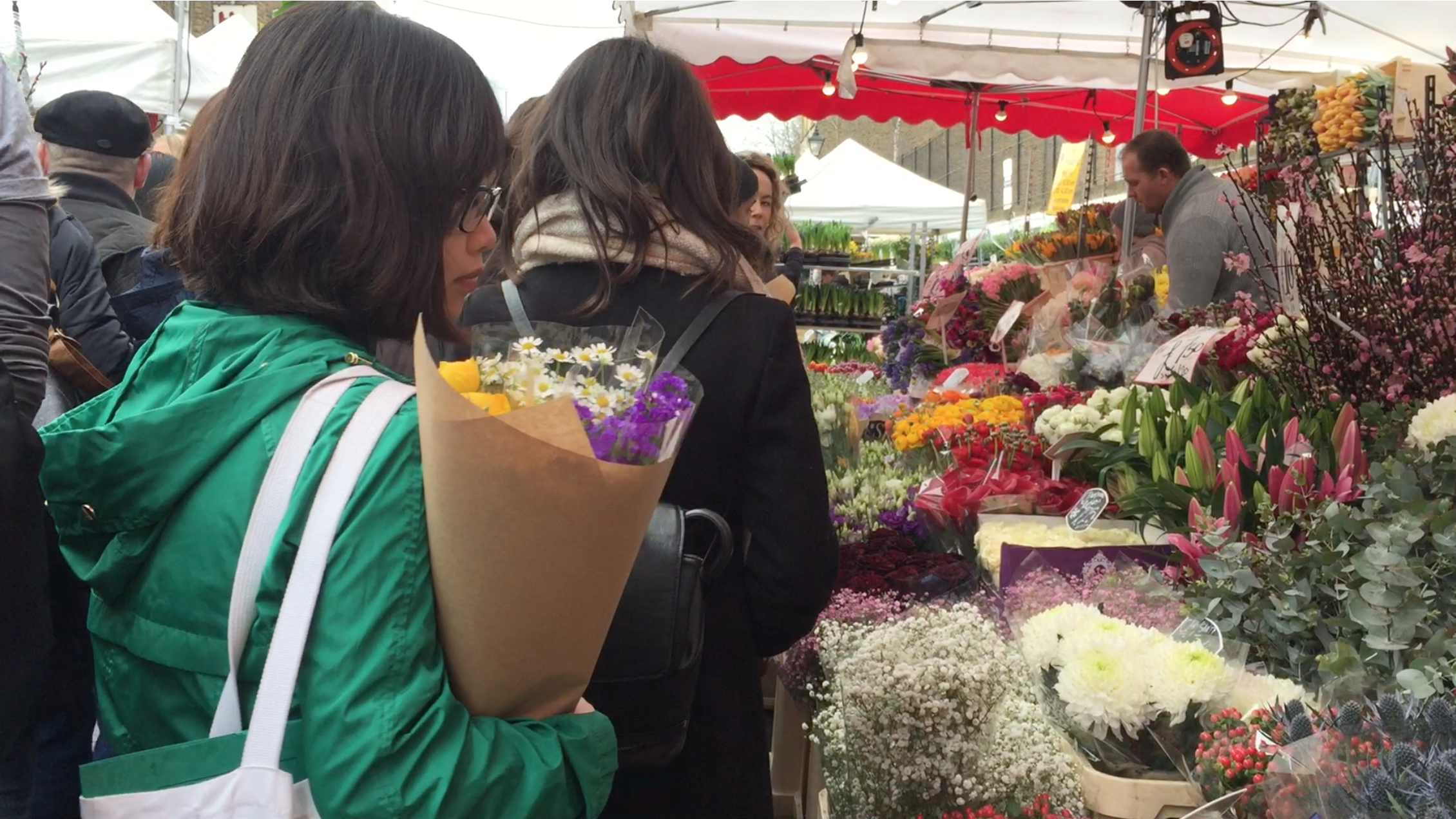
NikeLab:
Exploring ways to increase social impact in the Shoreditch community
DESIGN RESEARCH / BRAND STRATEGY / RETAIL
As part of the Central Saint Martins’ Masters research project, we collaborated with NikeLab to explore the question: How can NikeLab increase its social impact in the community? Working together with 4 other members, we proposed two solutions: a safe solution “Recycle – Repair – Resell” and an experimental solution, “NikeLab 2030”.
Date
July 2017
Role
Design Researcher
Responsibilities
Gap analysis, discourse analysis, ethnography, interviews, serious play, opportunity mapping, experimentation, presentation design
Tools
Google Suite
The challenge
How can NikeLab act as a catalyst for increasing physical engagement and interactive learning amongst children between the ages of 4 - 12 years in Shoreditch?
The solutions
1. Recycle – Repair – Resell
A creative engagement program that promotes awareness of sustainability through circular practice.
Nikelab hosts and collaborates with local schools and organizations to engage kids in the process of recycling used shoes & clothes of any brand. These Nike products are then given a new life by NikeLab and re-sold for charity. The kids have a chance to be involved at various stages of this solution as the repairing phase enhances their creative skills while giving the shoes a new life and story through hands-on customization.
2. NikeLab 2030
NikeLab turns into a jungle, promoting sustainable practices amongst kids through the act of indoor + outdoor “play”. The concept of the store is to bring “outside” inside, thereby working as a safe + playful community hub of Shoreditch. NikeLab will no longer be about selling products, but rather about promoting its core value as a brand that brings inspiration and innovation to every athlete.
Project overview
About NikeLab
NikeLab is Nike's special outlet for exclusive releases. They have stores internationally and aims to bridge physical space and digital experiences through collaborations with various designers and innovators.
About Shoreditch
NikeLab is located in Shoreditch, a gentrified area in East London. It is positioned in a relatively young borough, with a quarter of the population under 20; 9.1% between 4 and 20 and 21% between 20 and 29. Historically, Hackney borough is a culturally diverse area, with people from Australia, the US and Europe making up the largest groups who have recently come to live in Hackney from abroad. Social initiatives are widespread: within a 1 mile radius of NikeLab there are 12 community centres, 10 arts centres, 4 libraries, 3 markets and 2 city farms.
Process
Research
We formed into two mini-teams and visited the NikeLab store and the surrounding Shoreditch area on various times and days of the week to gain understanding of the brand and the target areas. We also conducted unstructured, informal interview with NikeLab employees and people on the street to share us their perception and experience with Shoreditch. Gap analysis was also conducted to map out expectations and reality of the NikeLab store.
Taking insights from the ethnography research and desk research, we mapped out the changing landscape of Shoreditch throughout time.
Serious play
To observe and understand how kids and families physical engage and interact with recreational spaces, we visited farms, played with equipments and installations in museums and parks to through the methodology of “serious play."
Drivers of change + opportunity mapping
We identified key macro trends and combined with our micro insights to map areas of opportunities. From here, we generated ideas in response to our problem statement.
Experimentation
We conducted initial experimentation on 3 varying ideas – “Shoes with Stories” “Rest Stop” and “Wi-Fi Dead Zone” to understand the following questions:
Shoes with Stories (social lens): how would people interact with an item that has personal story attached, even if the owner is not there?
Rest Stop (environmental lens): how would people own a public space when no one managing the space?
Wi-Fi Dead Zone (technological lens): how would people react to a space that offers a wifi dead zone - a luxury or inconvenience?
However, we learned that conducting small experiments in public space without properly taking time to design the environment created unnecessary confusion and complexiy (+ items getting stolen…).
Learning from the failures of the first experiment, we clustered our previous ideas into one: host kids’ arts & crafts outdoor workshop at a park nearby Columbia Road Flower Market on Sunday morning:
Before
Shoes with Stories (social lens)
Rest Stop (environmental lens)
Wi-Fi Dead Zone (technological lens)
→
After
Host a “rest stop” at a park beside the Columbia Road Flower Market in a form of outdoor arts & craft workshop, bringing art supplies and used “shoes” to encourage visiting kids and families to stop by and physically engage in the activity that doesn’t require technical devices (a “Wi-Fi dead zone”)








The workshop offered us insights that would be valuable for NikeLab, such as:
Kids showed more interest in used items or what’s usually considered a waste (such as used shoes, empty coffee cups old) rather than “completed” art supplies such as glitters and stickers
Hosting indoor-activity workshop in an outdoor space allowed kids to freely go back and forth between the workshop station and playground equipments. Having that dynamic allowed the kids to stay in the space longer
Kids didn’t need an instructor to start playing. Just having the materials out was enough for kids to get their hands dirty and start coming up with their own ways to play
Our final 2 solutions are inspired by the kids' creativity and spontaneity, that could further leverage these qualities we observed during this experimentation.















